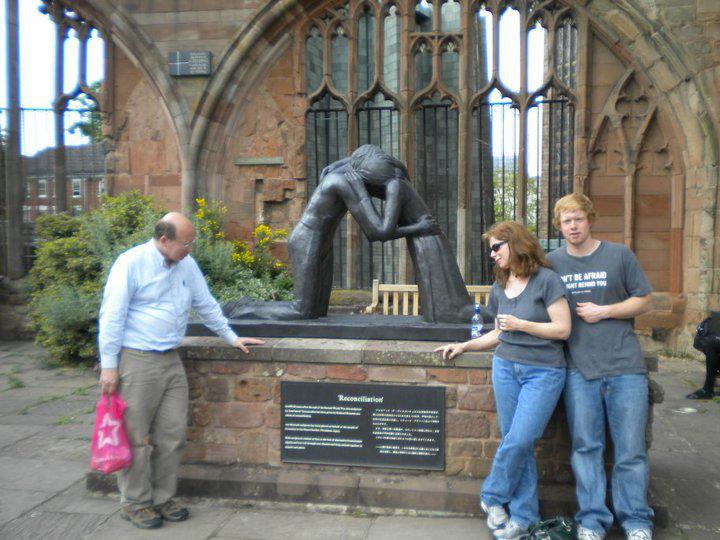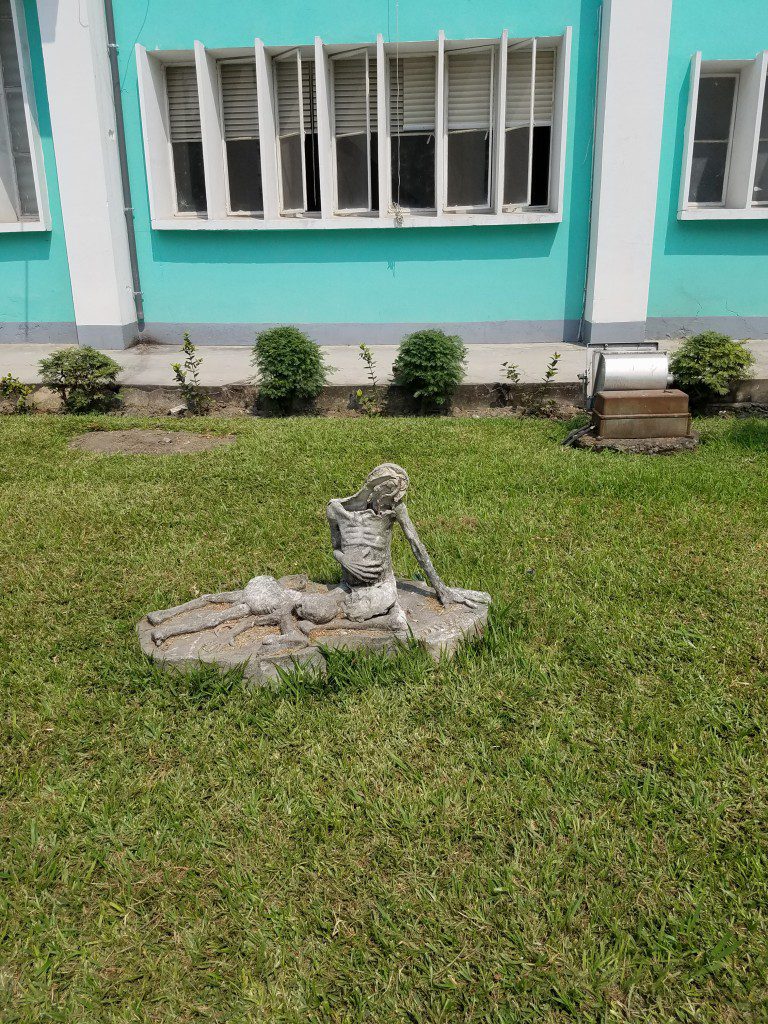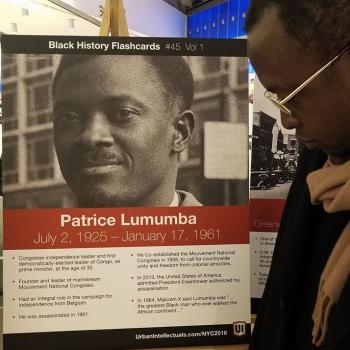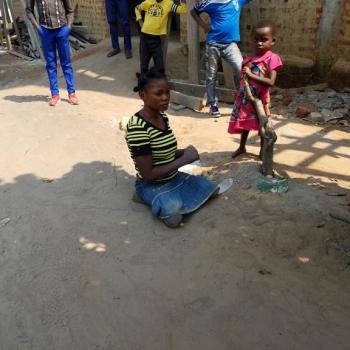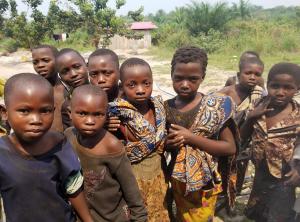 I have not seen Christopher Nolan’s film about J. Robert Oppenheimer yet, but my husband and I are listening to American Prometheus , which inspired the film. It’s the story of a brilliant and often bullied man, J. Robert Oppenheimer, who discovered how atomic elements could work together to blow up whole cities. “Little Man” and “Fat Boy” and the destructions wrought on Hiroshima and Nagasaki happened because of Oppenheimer’s brilliant calculations. In other words, his brain was exploited to bring atomic warfare into our realm of possibilities.
I have not seen Christopher Nolan’s film about J. Robert Oppenheimer yet, but my husband and I are listening to American Prometheus , which inspired the film. It’s the story of a brilliant and often bullied man, J. Robert Oppenheimer, who discovered how atomic elements could work together to blow up whole cities. “Little Man” and “Fat Boy” and the destructions wrought on Hiroshima and Nagasaki happened because of Oppenheimer’s brilliant calculations. In other words, his brain was exploited to bring atomic warfare into our realm of possibilities.
The American narrative of the bombs suggests that they ended the war. We can even see photos of Oppenheimer clasping his hands in triumph as the mushroom cloud in New Mexico shows that his calculations were as deadly as he had supposed. It was a terrible victory. I wonder how disappointed the allied forces were when the war in Europe ended. Not disappointed enough to cease experimenting with the Promethian blaze, obviously. The Japanese killed (many of them vaporized) by both bombs can be counted, and we can erect monuments to peace rather easily. Visiting these monuments, we should feel existentially changed. Yes, we must stand for peace. This monument at Coventry (England), sculpted by Josefina de Vasconcellos, is called “Reconciliation” and stands next to two cathedrals–one in ruins from WWII and the other modern and beautiful.
The statue is evocative, and it is also Eurocentric. Of course, Hiroshima has its own memorial and garden dedicated to the awful events of August 6, 1945. The country which does NOT have a memorial is the one most vital for making the bomb: the Democratic Republic of the Congo.
When Einstein sent a warning letter to President Franklin Delano Roosevelt, the DRC was “the Belgian Congo.” Einstein’s letter says this:
In the course of the last four months it has been made probable – through the work of Joliot in France as well as Fermi and Szilard in America – that it may become possible to set up a nuclear chain reaction in a large mass of uranium, by which vast amounts of power and large quantities of new radium-like elements would be generated. Now it appears almost certain that this could be achieved in the immediate future.
This new phenomenon would also lead to the construction of bombs, and it is conceivable – though much less certain – that extremely powerful bombs of a new type may thus be constructed. A single bomb of this type, carried by boat and exploded in a port, might very well destroy the whole port together with some of the surrounding territory. However, such bombs might very well prove to be too heavy for transportation by air.
Einstein’s letter makes it clear that the best source of Uranium is in the Belgian Congo–specifically in the Shinkolobwe mine.
With this post, I initiate a call to action to recognize and memorialize the Congo and the Congolese miners who perished as they gathered the radioactive uranium to be exploited for the atomic bomb.
With the release of our film about Patrice Lumumba, we intend to organize a ceremony in the DRC to acknowledge that Africa, and the Congo in particular, were among the victims of the bomb. The ceremony is scheduled for August 6, 2025, the 80th anniversary of the atomic bombs’ release over Japan.


